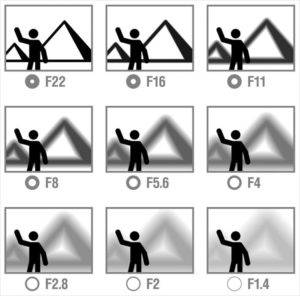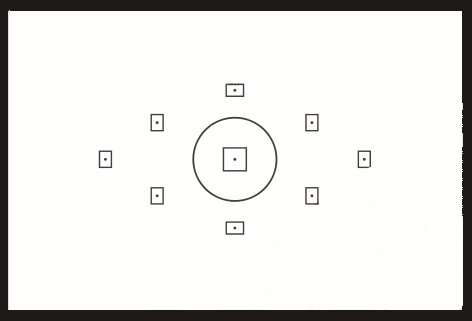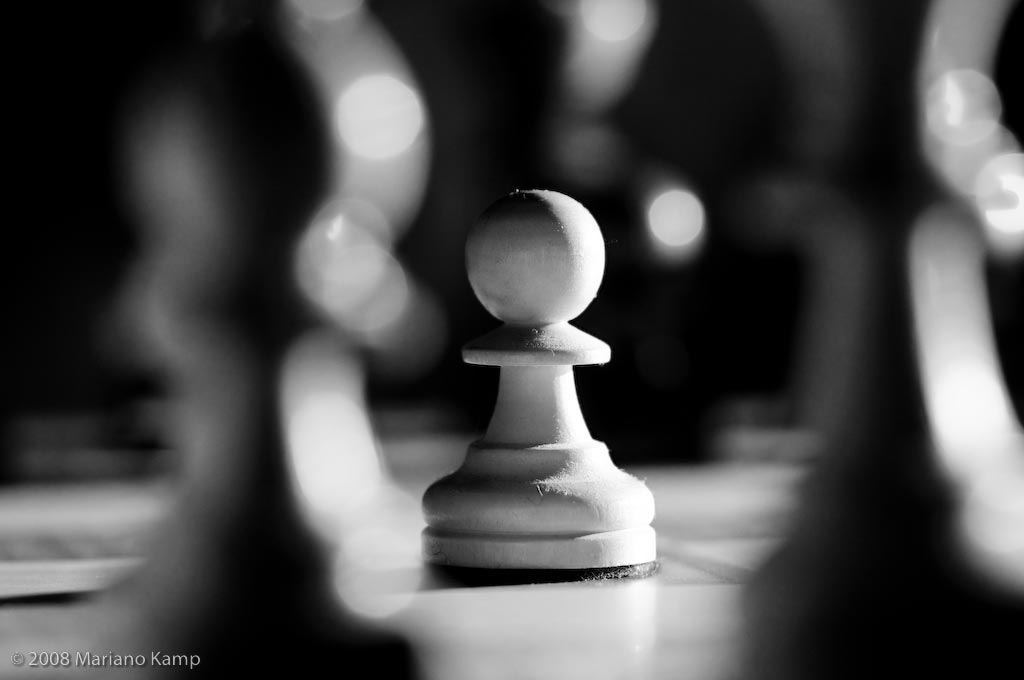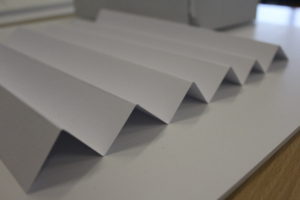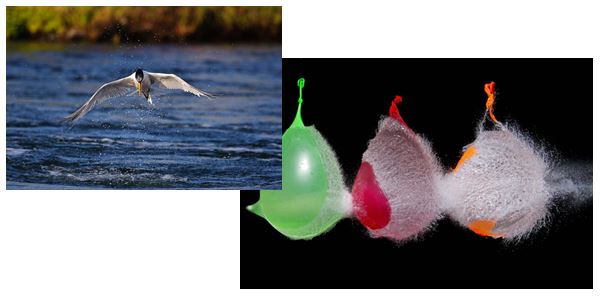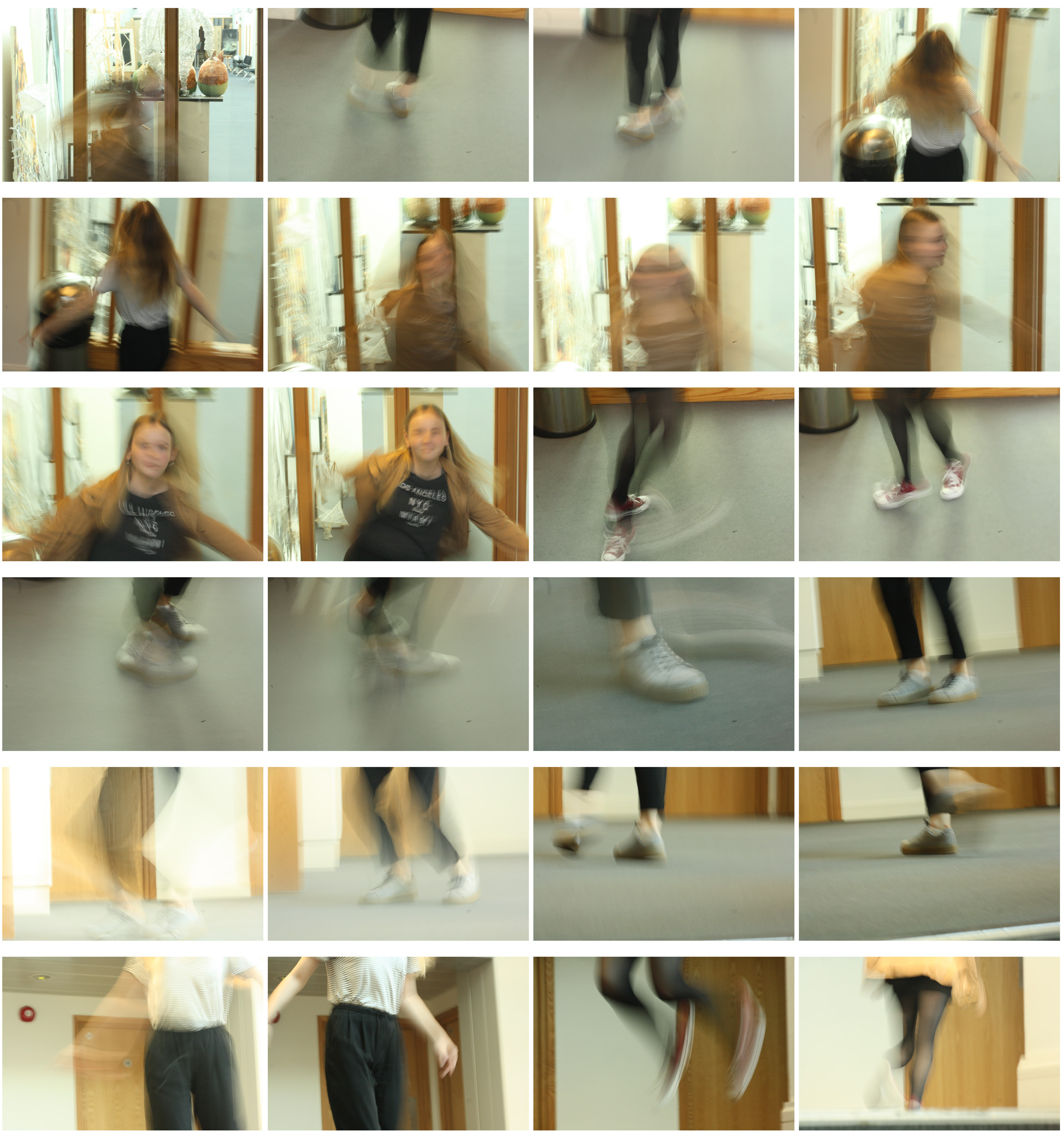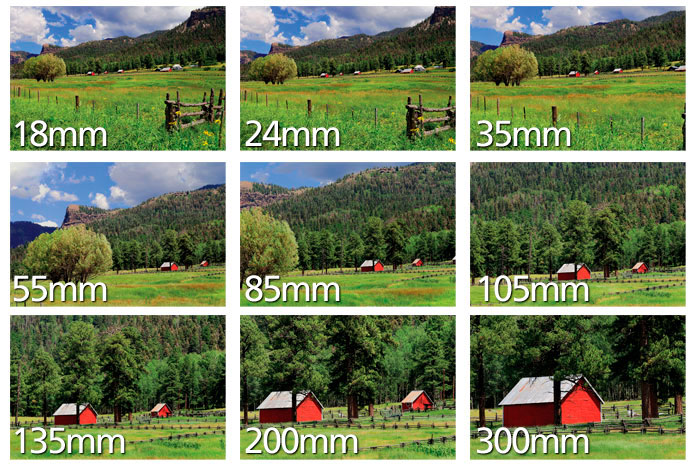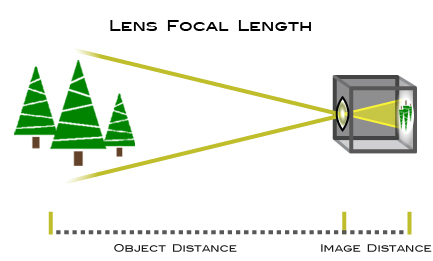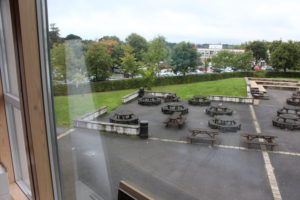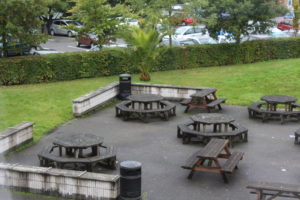How do we focus?
In order to demonstrator a sharpness to an image,and allow and intention to focus and not. The works also together in order to change the distance of lenses,from the sensor and or the filming order to control the way in which light is captured.This is also done by how the light coverage’s precisely a point within the plane of the film or a DSLR sensor,this means the image will become more in focus .
when looking through a viewfinder of any DSLR camera and you will see several dots, or squares, that represent individual points at which the camera is capable of focusing. This is in order to clearly view the focusing points ,even if this might seem obvious. but not all of them are created equal. When you press the shutter button halfway, some of these points will light up, indicating that everything at that specific spot is crystal clear and your photo will be nice and sharp.
this is an example of cross focus points to hep with ensuring the positioning of the camera.
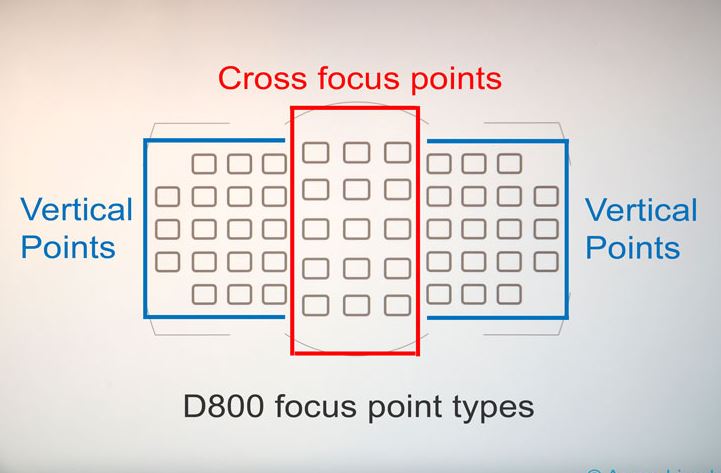
However, the speed at which your camera can focus on one of the points, as well as how accurate the focus will be, depends greatly on whether the individual focusing point is a single or cross-type. Understanding the differences in how they operate can help you decide which ones to use to take better photos.This is a further example :
there are also many ranges within focus points,this can develop of change the point within your camera with a button,and will be brought up upon the screen,showing the range of points.
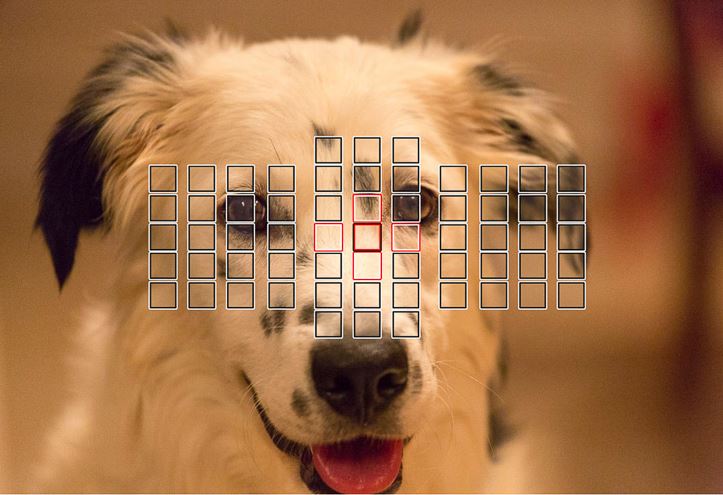
below you can see my development of capturing the same focus point within a dogs face too.
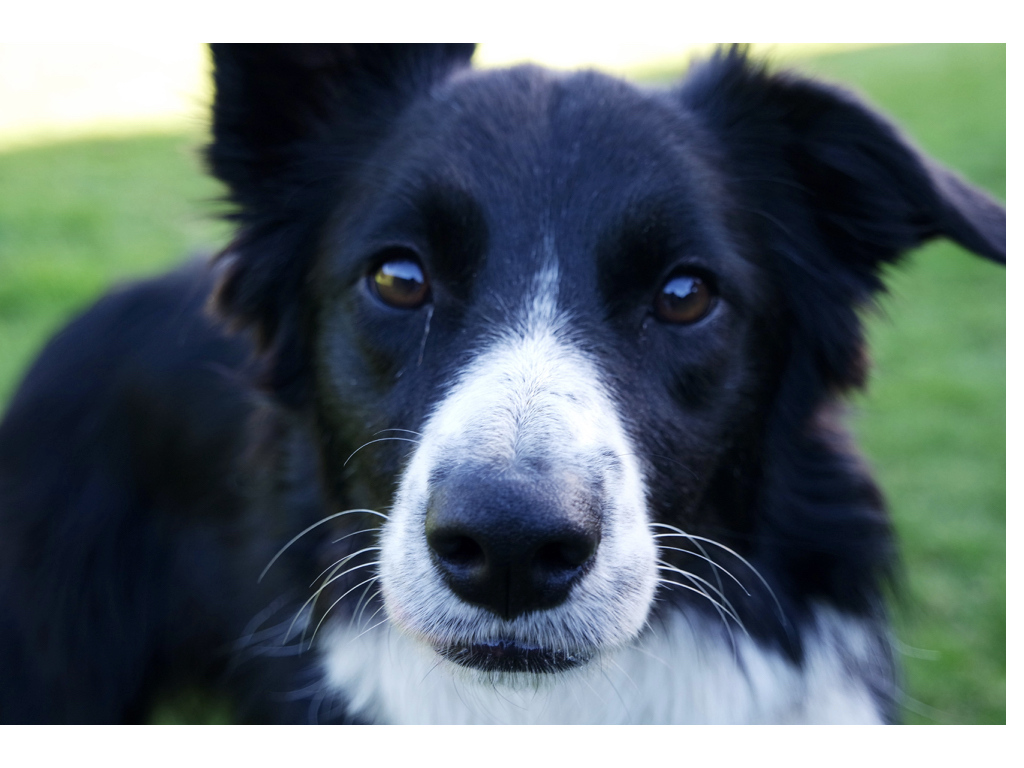
I decided to have a go with the method in a few of my photos, and so walked around school experimenting with it, these were my results:



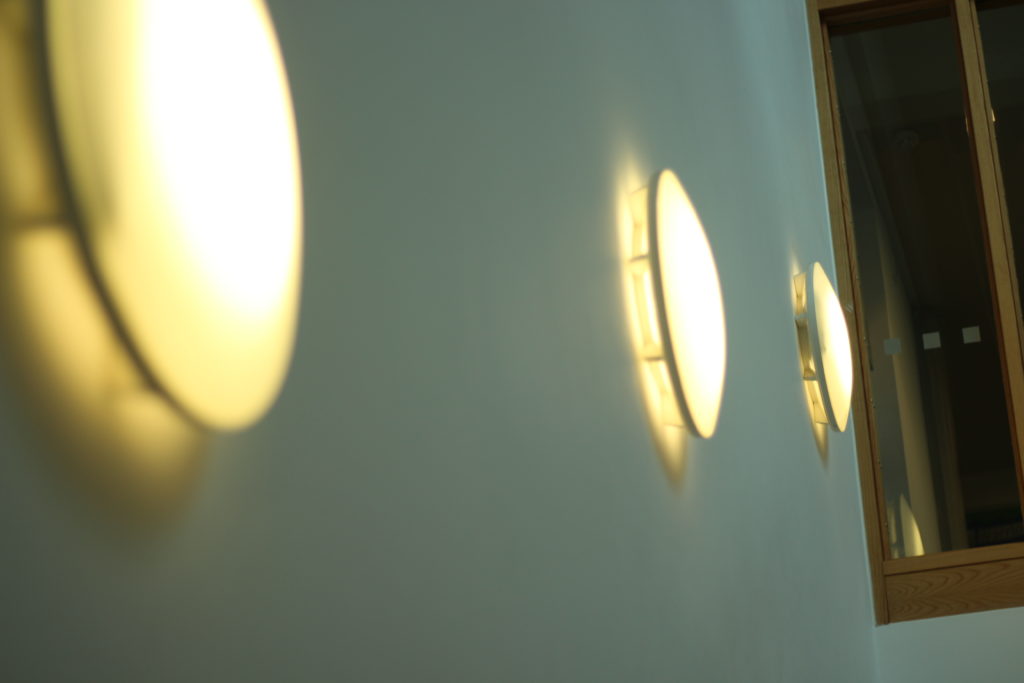
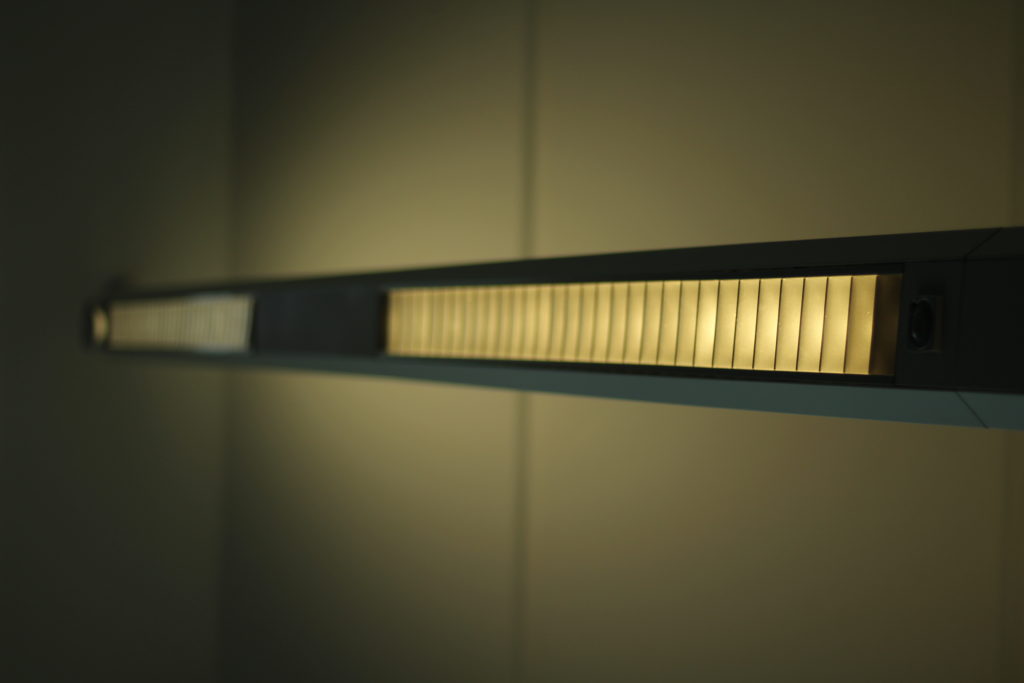
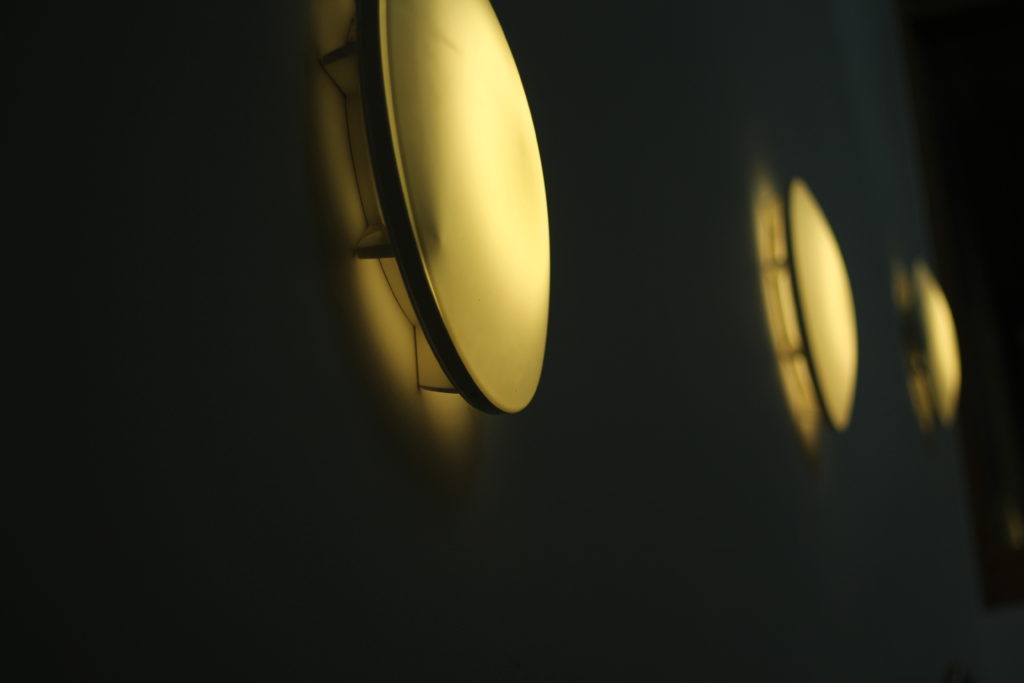
 These Photographers would go around the country taking the same composition of certain objects, which when one was taken would not look that impressive, but rather when hundreds were taken precisely from the same distance, and combined together, it creates an almost artistic creation
In response to this I decided I would walk around my home area and try to incorporate this style into my images, I chose the themes around car lights, windows with chimneys, and doors. These were some of my results:
These Photographers would go around the country taking the same composition of certain objects, which when one was taken would not look that impressive, but rather when hundreds were taken precisely from the same distance, and combined together, it creates an almost artistic creation
In response to this I decided I would walk around my home area and try to incorporate this style into my images, I chose the themes around car lights, windows with chimneys, and doors. These were some of my results:
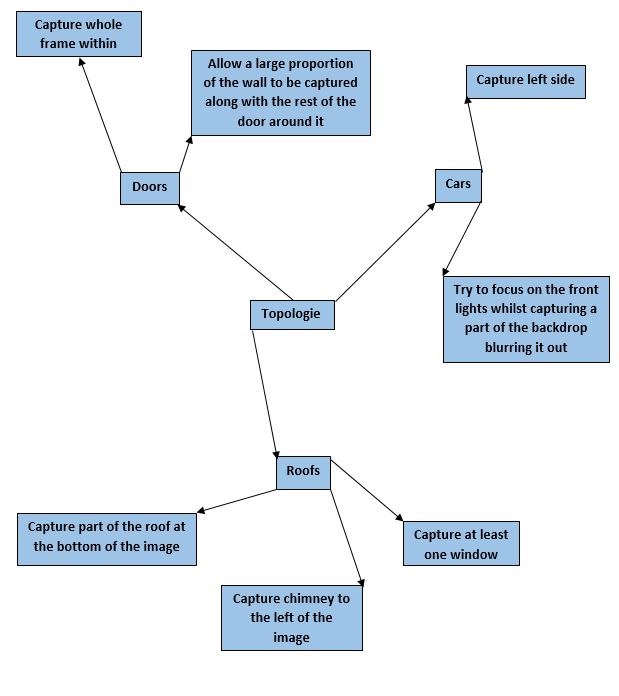

 I decided that the car topology sheets worked the best, due to the contrast between the lights and the bonnets of the car which came in different shapes.
I decided that the car topology sheets worked the best, due to the contrast between the lights and the bonnets of the car which came in different shapes.

 I tried having a go with this concept, by focusing firstly on the backdrop rather than the central figure, and then on the figure rather than the backdrop.
In this image I chose to focus purely on the backdrop of the trees rather than the character within, as an experiment with my cameras focal length.
I tried having a go with this concept, by focusing firstly on the backdrop rather than the central figure, and then on the figure rather than the backdrop.
In this image I chose to focus purely on the backdrop of the trees rather than the character within, as an experiment with my cameras focal length.
 This image however I chose to focus on the closer object to the lens, which happened to be a bee on a flower, therefore blurring out the backdrop rather than keeping it clear.
This image however I chose to focus on the closer object to the lens, which happened to be a bee on a flower, therefore blurring out the backdrop rather than keeping it clear.



